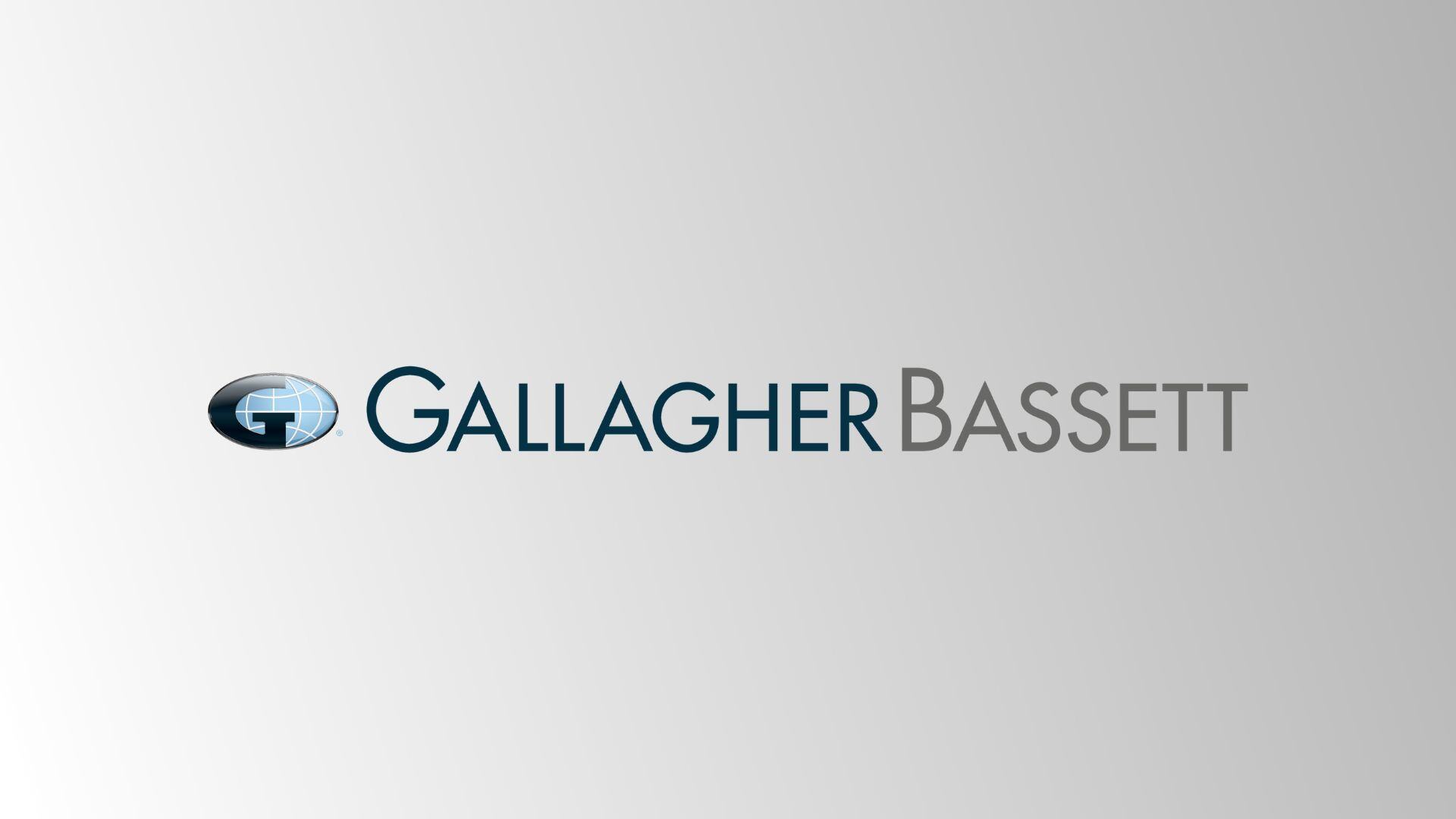What is Underinsurance?

Key Points
- Underinsurance arises when a party insures something for less than its value
- In the event of a loss, parties who underinsure are at risk of being penalised in the amount they are able to recover
- Underinsurance is different to self insurance, where a party decides to insure all or part of a risk and where it is clear to all parties from the outset what is covered and what is not.
In many of the articles we publish, we talk about self insurance. However, it is important to understand that self insuring part of a risk is very different to underinsurance.
The insurance text books will tell you that insurance contracts fall under the legal doctrine of “utmost good faith”. In fact some will still use the Latin phrase uberrimae fidei. This means that all parties to an insurance contract must deal in good faith, making a full declaration of all material facts in the insurance proposal. These days most modern wordings or product disclosure statements refer to a Duty of Disclosure.
“But hold on” I hear you say, “I’ve heard people talk about the legal doctrine caveat emptor or ‘let the buyer beware’”. It is true that basic contract law does follow this rule but an insurance contract is treated as being different. This is because when you ask an insurer to cover your business, you home or indeed your life, the presumption is that you know fully about the item to be insured and the insurer knows nothing.
“So what has this to do with underinsurance” you may ask. Let’s look at an example of a retail business with a stock of goods. You purchase insurance to cover the stock in the store (and storeroom or warehouse) to the value of $50,000. The insurer has no knowledge of your stock so it is your duty to disclose the correct stock level and value. The insurer may have an excess on the policy but the assumption is that you are insuring the entire stock … that is the risk that they are accepting and the fundamental basis upon which they calculate the premium to charge.
If the value of the stock at the time of the loss is greater than the value insured on the policy you are underinsured by the difference in value. Say a fire occurred and damaged $25,000 of stock but when it happened you actually had $75,000 of goods on the premises. You might say “that’s ok, we have up to $50k of cover so my $25k is safe”. Sorry, but that is wrong. You cannot be selective and say to the insurer the damaged stock just happened to be in the part which was covered in their $50k and not in the extra $25k part, which was effectively not insured. In exactly the same way, the insurer can’t say my $50k of stock was undamaged and it was your $25k that suffered the loss. There is an assumption that you have insured the full amount of the risk.
According to statistics provided by Insurance Council of Australia an estimated 37% of small businesses do not have adequate insurance cover*. For some this may be a deliberate ploy in an attempt to reduce premiums but for the majority it arises merely because the organisation does not review and update their cover regularly. That $50,000 of stock may have been accurate when the company first started but if the business has grown and / or the value of the stocked items has increased through inflation, in a period of say 5 years the underinsurance can be significant.
Insurers can apply penalties in the case of underinsurance and the amount you can recover from your policy will be reduced. However, most insurers do attempt to help by applying indexed increases to the sums insured each year.
So to summarise, self insurance is a deliberate decision not to insure all or part of a risk and where part of the risk is not insured it is clear to all parties from the outset what is covered and what is not; whereas underinsurance arises where you fail to insure for the full value on the policy (and the insurer assumes it is fully insured).
Gallagher Bassett is a TPA not an insurer and therefore we cannot provide quotations for insurance cover. However if you would like more information on how the various self insured options operate, or you have a self insured program that you think we can assist with, please do not hesitate to contact us.
Author

